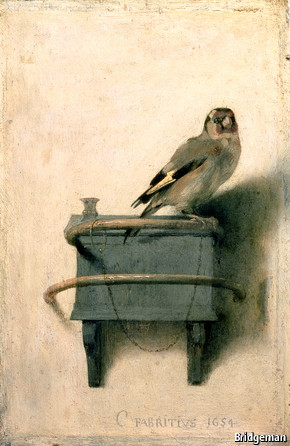Germany: Memories of a Nation
“A History of the World in 100 Objects” marked a transformative moment for the British Museum. A groundbreaking project devised in 2010 with BBC Radio 4, it included a 100-part radio series voiced by the museum’s director, Neil MacGregor. Now “Germany: Memories of a Nation”, a similar collaboration developed to mark the 25th anniversary of the fall of the Berlin Wall, sees Mr MacGregor’s erudite, entertaining voice returning to the airwaves. He narrates another project that again hopes to make its audience reassess stories they thought they knew and consider those they never knew at all. This combination of radio series, book and exhibition seems particularly deserving of attention in a year that also marks the centenary of the outbreak of the first world war, an anniversary that has not necessarily encouraged a thoughtful examination of German history.

